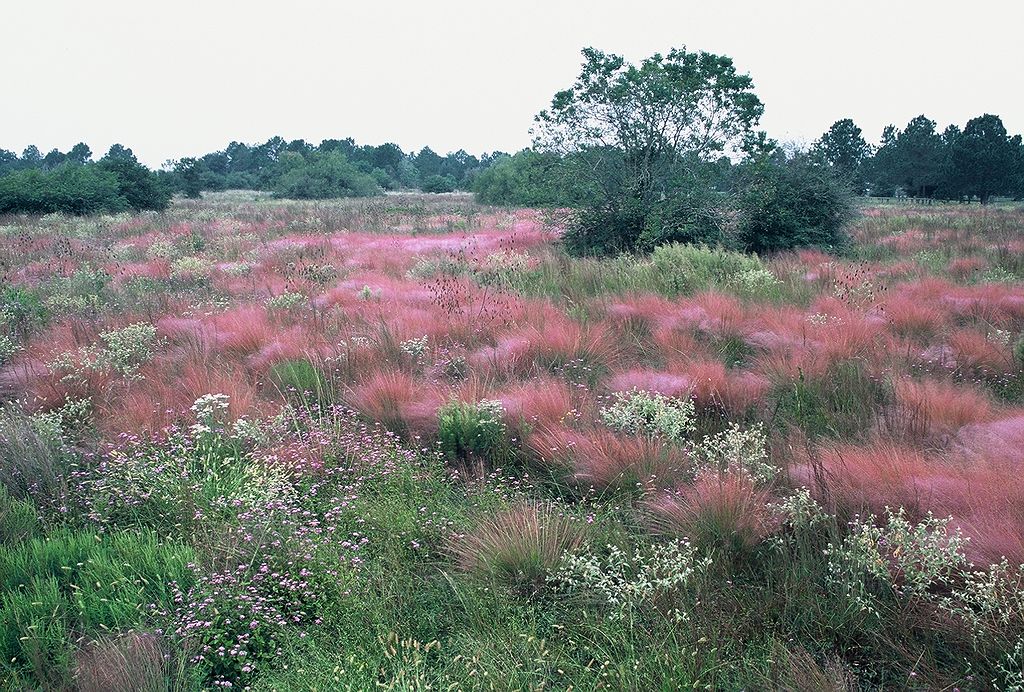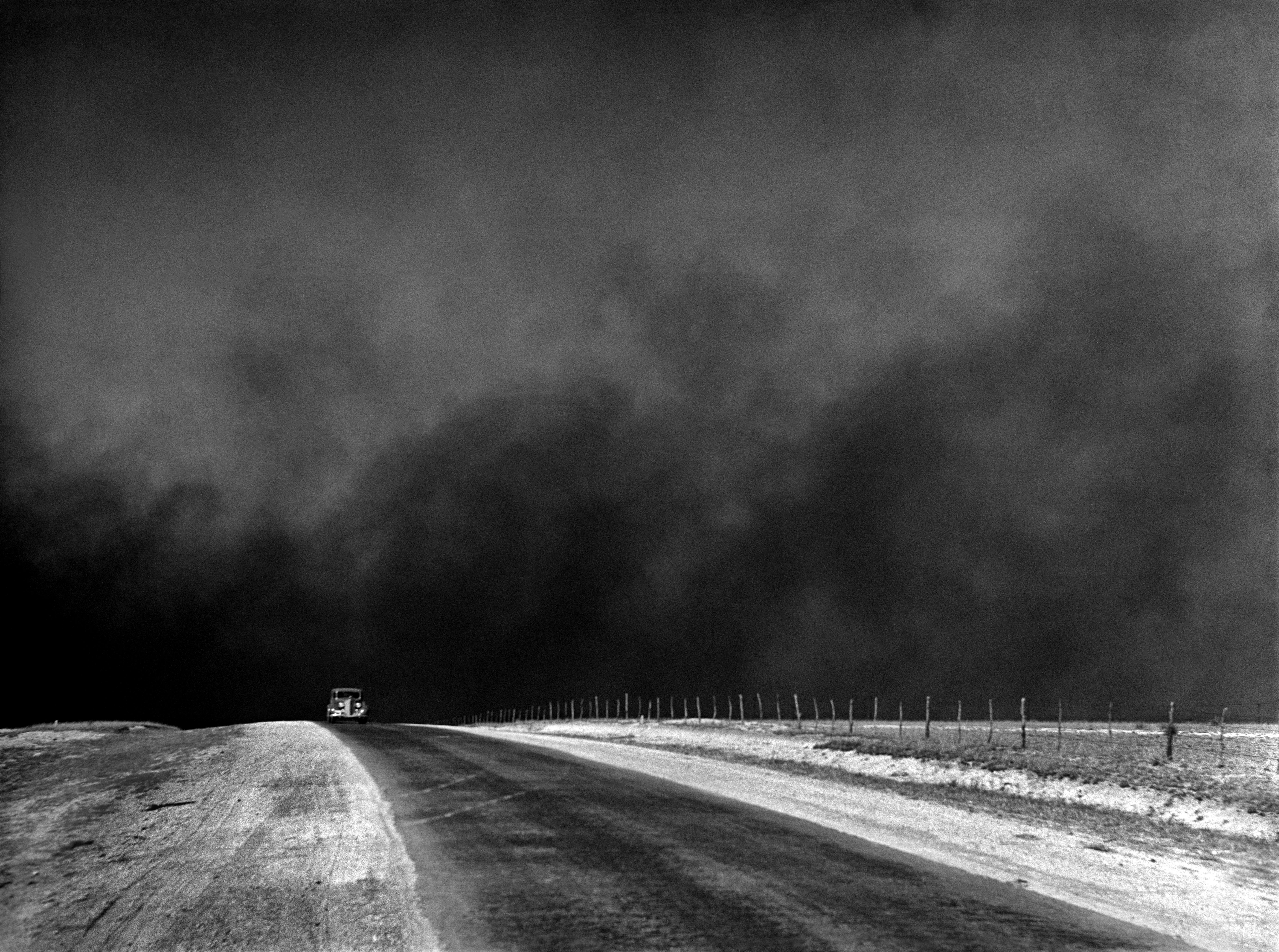
Katy Prairie Conservancy, CC BY-SA 3.0 <https://creativecommons.org/licenses/by-sa/3.0>, via Wikimedia Commons
Maintaining soil health is one of the most important parts of working with the earth. It acts as not only a medium to get from point a (planting) to point b (production and yield), but it also has a direct relationship with the climate in an area. That direct relationship changes the environment in the planting area so drastically, it results in what is known as a microclimate, a term referring to the aggregate conditions of an area based on a combination of factors including soil, vegetation, and surrounding structures – both man-made and earthen.
As discussed in other posts on this blog, planting invasive species leads to ecological degradation which thwarts wildlife efforts to thrive in an environment that was suited to them previously. Conservation projects involved in habitat restoration work to restore this balance.
In light of these efforts, and to really drive home the importance of cultivating sensitivity to the needs of ecosystems this post looks at the problems (man-made and environmental) that arose in the Dust Bowl of the 1930s. In a perfect storm of national interests, human hubris, and normal earth cycles, farmers in the central US plains experienced hardship for a decade. The effects of the Dust Bowl linger today.

What is the Dust Bowl?
The Dust Bowl was not an event that occurred based on the acute actions of a set of individuals. It is something that built up over 40-50 years and originated in a relatively small area. Acute consequences of the Dust bowl, such as consistent and persistent dust storms, loss of topsoil, and in turn loss of crops added intense strain to residents of the Central Plains. But at its worst, dust storms reached all the way to New York, almost 2000 miles away. Dirt from dust storms ruined fields, homes, and bodies, and caused famine and death.
So, how did this happen? It started all the way back in 1862 with the US Homestead Act, which widened US ownership of land (land that was previously inhabited by Native peoples or occupied by other colonial presences) and gave settlers license to move westward from the eastern US coast. Many people who wanted to make a living took the opportunity to farm the Central Plains, but not until they prepped their fields in one of the worst mistakes in all history.
Rain Follows the Plow
New farmers who moved to the land did not know the importance of the buffalo grass in what would later be deemed “No Man’s Land” – a small strip of land in Oklahoma – so they plowed it up to grow wheat, corn, and other monocrops. The resulting drought and extreme weather that followed was based in great part in the plowing of that extremely important grass. The expansion of the Homestead Act in 1909 on exacerbated the problem.
Experts encouraging people to move to the area had explicit interests. These interests were not grounded in systems thinking. They were rooted in the desire for prosperity and based in the idea that “Rain follows the plow”, which was true, but not in the way they thought. This is the greatest sin of the Dust Bowl. By misunderstanding the Great Plains ecosystem through a combination of innocent ignorance and neglect of long-term thinking, experts encouraged one of the worst man-made natural disasters in all history.
What to Take from the Dust Bowl?
In short, there is so much to take away from this historical example. One of the most important things gleaned from this event is that systems thinking is incredibly important when we are working with the So what can we take from this event? Paramount to working with the earth is reorienting our thinking toward understanding ecosystems. Before we till, we observe the local ecology. We look at sun, drainage, inclines in the earth, and most importantly, we look to see what flora and fauna subsist in that ecosystem. This touches on the very important interaction between earth and sky, a topic covered by many stories in many cultures. Ancient Egypt saw the earth and sky as two deities who joined together in an ecstatic union. And indigenous lifeways also see the animistic interactions of the atmosphere and the ocean in the formation of the earth. These lifeways were not born of some random fancy. They are what we know now as scientific principles.
So, before you decide to plant, lay sod, or plow up the earth for the purposes of farming or gardening give yourself some time to observe and understand what is going on in the land. Give the earth and its inhabitants the respect and humility they deserve. They will respond with bountiful abundance if proper care is taken.
Recent Comments